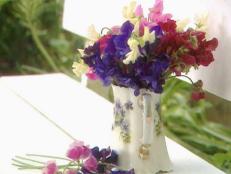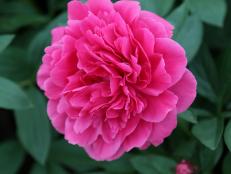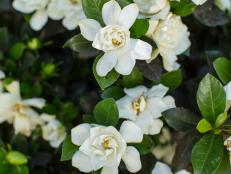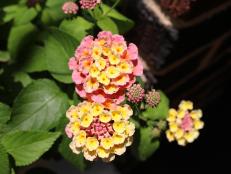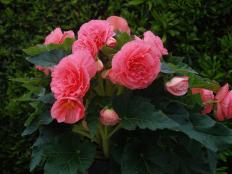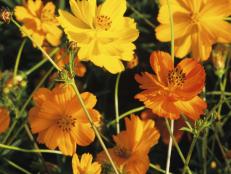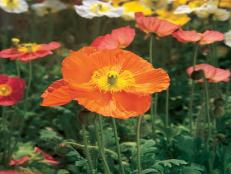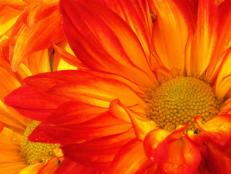Look-Alike Flowers
Imitation is the sincerest form of flattery, as these flowers prove. They're glam look-alikes for other blooms.

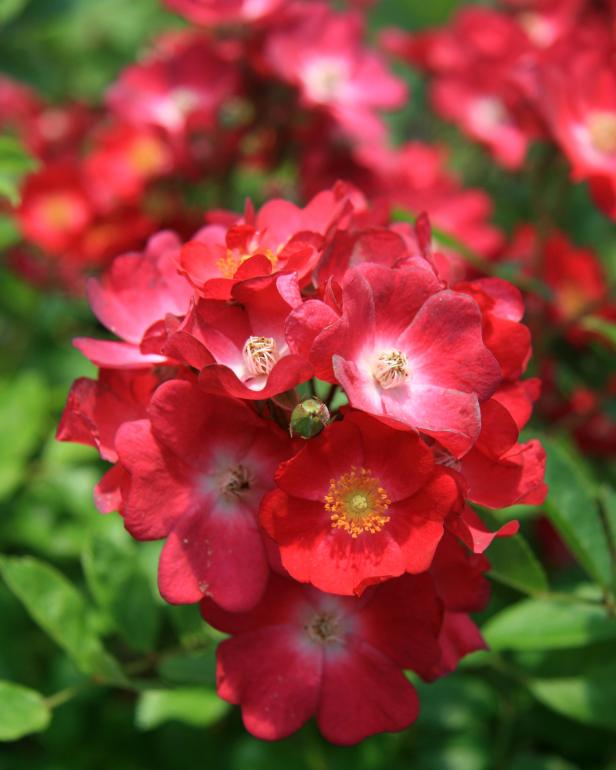
Courtesy Star Plants & Roses
There are some gorgeous pretenders in our gardens. Some flowers look so much like other flowers, they may trick you into misidentifying them.
A lot of us probably thought we'd stumbled across miniature petunias the first time we saw Calibrachoas, although they actually belong to different genera. The blooms of cabbage roses, doubled tulips, poppies and camellias can also be mistaken--at least at a distance--for the lush, heavily petaled blooms of peonies.
Why would anyone plant an "imposter" when you can plant the real thing? Sometimes you love the real-deal, but you're just not in the ideal climate zone to grow it. Or maybe you simply admire the look-alike as much as the original, and that's fine, too.
Whether you're looking for an alternative to a plant you can't grow, or you just enjoy a fabulous, floral "faker", here are some beauties to try:
- Anemone coronarias, or windflowers, are posers that look like poppies. Sold as bulbs, they open their papery, delicate blooms in spring. Their long, slender stems wave in the breeze, giving them their common name. Anemones grow well in part shade but can take up to full sun if you live in a northern region.
- Rose of Sharon, known botanically as Hisbiscus syriacus, is more cold hardy than the tropical hibiscus it mimics. Happy in filtered shade to sun, it's sometime sold as Chinese hibiscus or shrub althea and can grow into a small tree from 8 to 10 feet tall. Blooms come in many colors, including blue, lavender, pink, white, red and purple. Watch for the flowers to appear from midsummer to autumn in USDA zones 5 to 9.
- Asters have many relatives in the gardening world. Although each plant has distinct characteristics, the flowerheads in this family have petals arranged in "rays", so they resemble one another. Daises, sunflowers, cosmos, dahlias, coneflowers, Gerbera daisies, black-eyed Susans, coreopsis, African daisies and chrysanthemums belong to this family, Asteraceae, which is one of the largest plant families in the world.
- 'Annabelle' hydrangeas (Hydrangea arborescens) and Chinese snowballs (Viburnum macroephalum) are sometimes confused, thanks to their big, rounded heads of white flowers. Both are low-maintenance shrubs often grown in Southern gardens, but while Chinese snowballs are hardy only in zones 6 to 9, 'Annabelle' is usually hardy in zones 3 or 4 to 9. These look-alikes can take light shade to some sun and need well-drained soil.
- Larkspurs, although they're cool-season annuals, look very much like delphiniums, perennials traditionally grown in cottage gardens. Both produce tall spikes of flowers in blue, pink and other colors. Give these plants full sun in the back of borders and beds, and enjoy them as cut flowers.
- The blooms on apple trees have their imitators, too. Like the spring-blooming trees, award-winning Clematis armandii 'Apple Blossom' bears sweetly-scented, rosy-pink and white flowers. Look-A-Likes 'Apple Dapple' rose starts opening in spring but continues to bloom throughout the season and can be planted in masses for use as a groundcover.
- Snapdragons (Antirrhinum majus), Summer Snapdragons (Angelonia augustifolia) and yellow toadflax (Linaria vulgaris) have flowers that look similar, although a close look at these plants reveals their differences. Toadflax blooms are butter-yellow, and the USDA lists the plants as invasive weeds in some areas because they crowd out many natives. Summer snapdragons have trumpet-shaped flowers, while other snapdragons have closed or open blooms that look like small mouths. "Snaps" with open blooms are called butterfly snapdragons.






